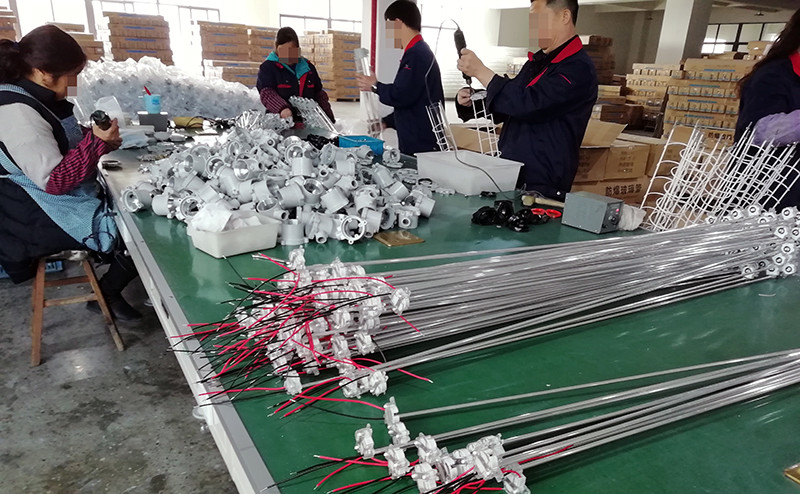E rave rahi feia hamani tauihaa tei tamau i te mau lamepa no te tupita i te mau mori hinu, e eita e nehenehe e ape i te mau fifi i roto i te faaohiparaa. Ua ite anei outou e nahea ia mono i te mori hinu o te hoê mori hinu? Eaha te tia ia rave ia ino ana'e te reira? I roto i teie tumu parau, e faaohipa tatou i te rave'a no te mono i te mau lamepa o te tupitahia.

Faaineineraa:
Begin by preparing the necessary replacement materials. The materials for replacing explosion-proof fluorescent lamps vary, encompassing traditional models and newer LED fixtures. I te taime no te tapa'oraa, these lamps may have different specifications, hence it is crucial to understand the product specifications when making a purchase.
Ensure the stability of the chair when selecting a replacement. For rooms with elevated ceilings, employing two chairs may be necessary to reach the fixture. I roto i taua mau huru tupuraa ra, novices are advised not to attempt forced solutions but rather borrow a step ladder for a safer installation.
Shut off the indoor circuit breaker. If turning off the power switch is not feasible, turning off the circuit breaker is an acceptable alternative. This precaution is prudent due to the prevalence of electrical shock incidents in daily life associated with light bulb replacements.
Removing the Faulty Lamp Tube:
The disassembly method for explosion-proof fluorescent lamps is generally uniform. Te mau nota, there is an internal spring clip. Some lamps require the removal of this clip, while others necessitate gently pushing the fluorescent lamp to one side for loosening. Once loosened, it can be easily removed. In the case of older fixtures with threaded structures, it is imperative to rotate the bulb for disassembly, a procedure fraught with danger and should only be undertaken after power-off.
During the installation process, proceed step by step if no assistance is available. Place the removed lamp tube in a corner before taking up the new one for replacement. The installation procedure closely mirrors the disassembly, with the order reversed. The principles involved become evident after disassembly, and an exhaustive discussion is omitted to avoid generalization and potential misinformation, given the varying disassembly and installation steps for different fluorescent lamps.
Following installation, gently move the lamp tube to detect any signs of looseness. If significant looseness is detected, it indicates an improper installation. Te rahiraa o te taime, this issue does not arise, but caution is advised. Excessive looseness, typical of a novice installation, could result in the light not functioning or lead to injuries during everyday use.
Te mau ravea parururaa:
Illuminate the lamp after turning on the switch, checking for proper lighting. Tera râ,, not all illuminations are equal; inspect for flickering or abnormal lighting. Transportation mishaps may cause damage, although such misfortune is not the norm.
After appropriately handling the faulty lamp tube, it is advisable to place it directly next to the downstairs trash can without smashing it. Given that many tubes are constructed of glass with a circular structure, shattered pieces could pose a threat with sharp edges. Recycling services are typically available.
Te ti'araa mau, replacing explosion-proof fluorescent lamp tubes is not as complex as one might envision. Following a systematic and step-by-step approach ensures success. During the replacement process, particularly during disassembly, exploration is essential. Various fluorescent lamps, including U-shaped and ceiling lamps, exhibit diverse structures. For first-time attempts, proceed cautiously, gradually gaining familiarity; subsequent attempts become effortless.
 Shenhai Explosion-Proof
Shenhai Explosion-Proof
